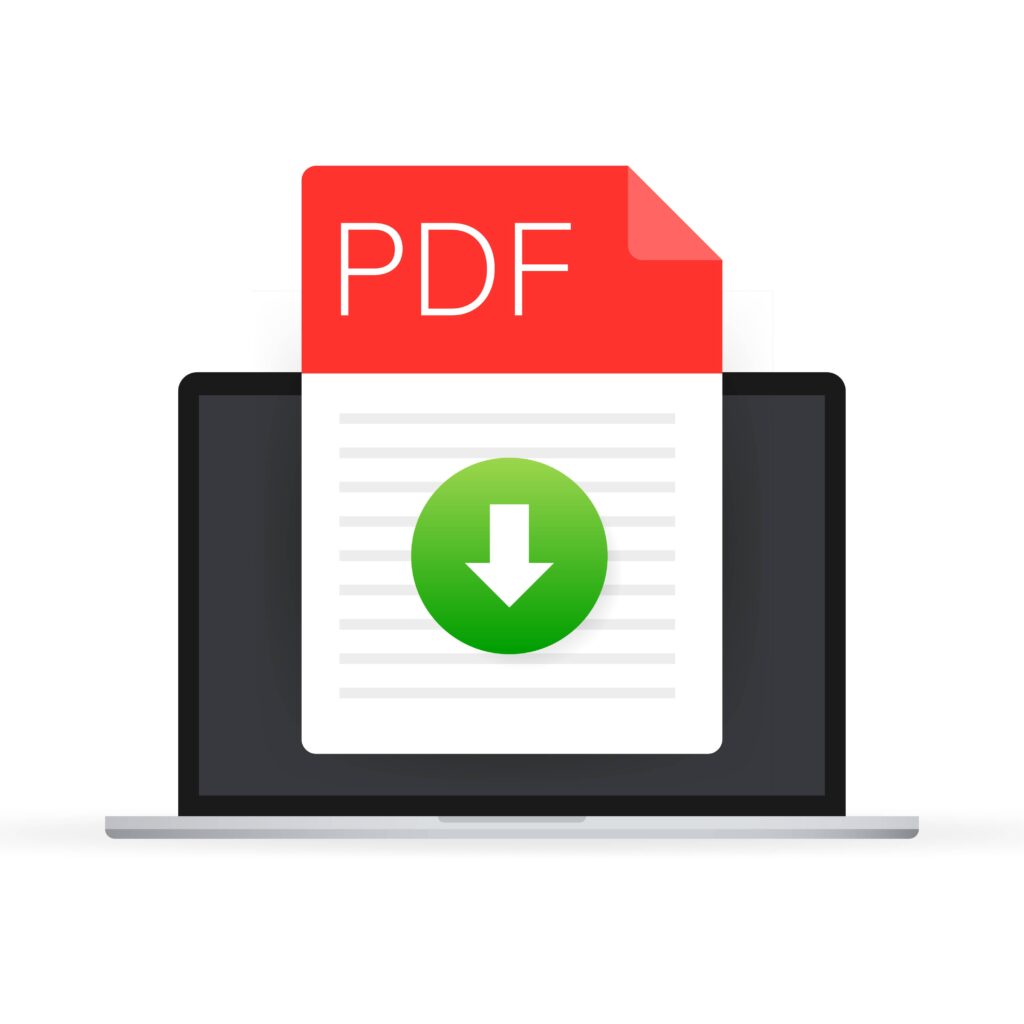The ability to translate PDF documents efficiently and accurately is a valuable skill. Translating these documents can open up opportunities for business, education, or personal use. This blog explores the methods, tools, and best practices for translating PDF documents. We aim to provide practical, actionable advice to make your translation tasks smoother and more effective.
The Need To Translate PDF Documents
PDF, or Portable Document Format, is used to present documents consistently across various devices and platforms. Translating a PDF document involves converting the text within the PDF from one language to another while maintaining the original layout and formatting.
This process can be complex, especially for documents with intricate designs or embedded images. However, it can be done effectively with the right approach and tools.
Businesses frequently interact with international clients, educational institutions cater to students from various linguistic backgrounds, and government bodies require translations for official purposes. Consequently, knowing how to translate PDF documents becomes essential.
Methods To Translate PDF Documents
There are several methods to translate PDF documents, each with its own set of advantages and limitations, including:
Human Translation
- Pros: High accuracy, cultural nuance, and context consideration.
- Cons: Time-consuming, and expensive if using professional translators.
Machine Translation
- Pros: Speed, convenience, and cost-effectiveness.
- Cons: Potential inaccuracies, and lack of context understanding.
Tools For Translating PDF Documents
Selecting the right tools is necessary to translate PDF document efficiently. Below, we categorise the tools into free and paid options, highlighting their features and benefits.
Free Tools
Free tools are accessible and often easy to use. They are suitable for simple documents with minimal formatting. Some popular free tools include:
1- Google Translate
It is a widely accessible, easy-to-use option that supports numerous languages. You can upload a PDF document to Google Translate and get a basic translation. While it may not maintain the original formatting perfectly, it is quick and convenient.
How To Use Google Translate?
- Open Google Translate in your web browser.
- Upload your PDF document by clicking on the “Documents” tab.
- Select the target language and click “Translate”.
- Download the translated document.
2- DocTranslator
DocTranslator is a handy tool to translate pdf document under 1,000 words for free. It provides quick translations, making it perfect for simple, straightforward text. However, it may not be the best option for handling specialised terminology, as its capabilities in that area are limited.
How To Use DocTranslator?
- Visit the DocTranslator website.
- Upload your PDF document.
- Select the target language.
- Download the translated document after processing.
Paid Tools
Paid tools are more robust and offer advanced features. They are ideal for complex documents that require precise formatting retention. Some notable paid tools include:
1- Adobe Acrobat Pro DC
This tool allows you to export PDF documents to Word or other editable formats, preserving the original layout. You can then translate the text and convert it back to PDF. Its features include:
- Comprehensive tool with OCR (Optical Character Recognition) capabilities.
- Excellent for translating scanned documents and maintaining formatting.
How To Use Adobe Acrobat Pro DC?
- Open Adobe Acrobat Pro DC and load your PDF document.
- Use the OCR feature to convert scanned text into editable text.
- Navigate to “Tools” and select “Translate Document”.
- Choose the target language and save the translated document.
2- SDL Trados Studio
It is a professional translation software that supports various file formats, including PDF. It provides powerful translation memory and terminology management features.
How To Use SDL Trados Studio?
- Import your PDF document into SDL Trados Studio.
- Use the software’s translation memory and terminology management tools.
- Translate the document segment by segment.
- Export the translated document in PDF
Tips To Successfully Translate PDF Document
- Understand the scope of the translation project before starting. This includes assessing the document, selecting the right tools, and allocating sufficient time.
- Invest in professional translation services for critical documents to ensure accuracy and quality.
- Never skip the proofreading step. Translation errors can lead to misunderstandings and miscommunications.
- Maintaining the original formatting and layout ensures the translated document looks professional and is easy to read.
- Using tools with translation memory can save time and improve consistency if you frequently translate documents.
Conclusion
Understanding how to translate PDF documents saves time and ensures your communications are effective and understood by your target audience. Whether expanding your business, conducting research, or managing personal documents, PDF translation will help you succeed. If you need the best human translation for your PDFs, don’t hesitate to contact us. We are here to meet your needs professionally!
